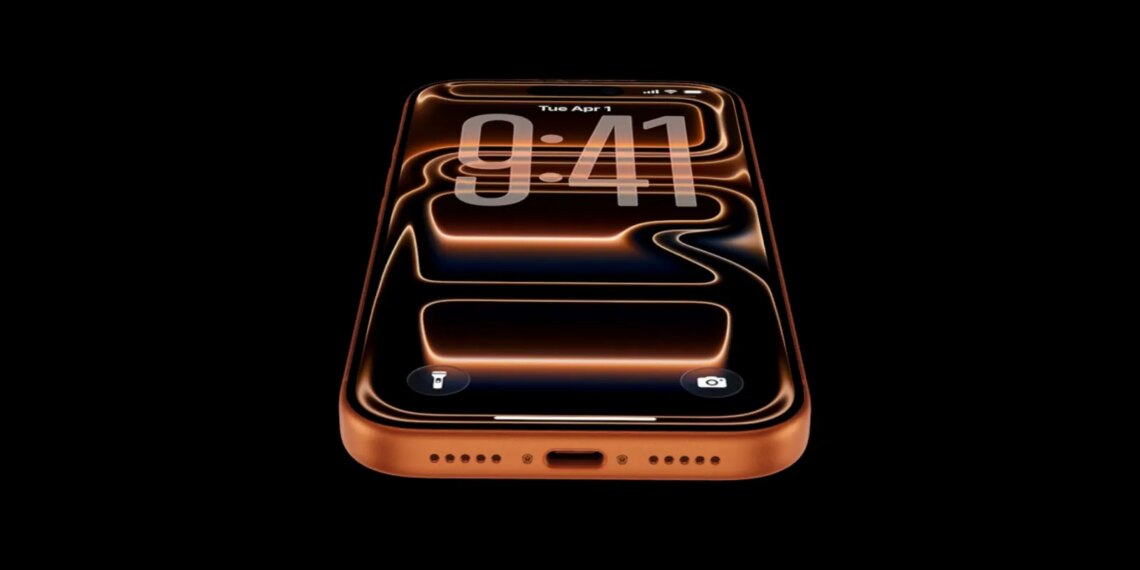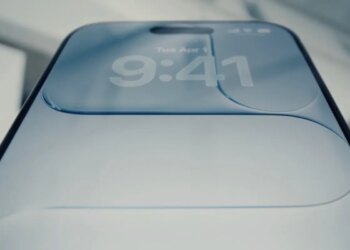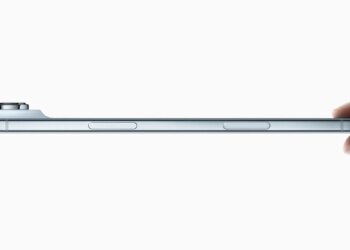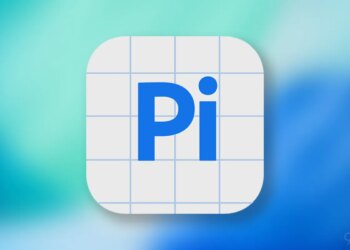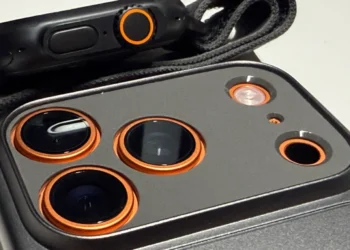Select Language:
The latest iPhone 17 series, including the iPhone 17, iPhone 17 Pro, and iPhone Air, now sports a USB-C port at the bottom of the device. For users transitioning from older models, this change means that Lightning-based accessories are no longer compatible, but the upgrade offers significantly enhanced capabilities.
By using a USB-C cable paired with a compatible charger, you can now charge your iPhone from zero to full capacity more quickly than before. Additionally, this port allows you to connect external displays, storage devices, cameras, and more. Here’s a glimpse of what this new port enables:
USB-C is a universal standard. You don’t need to hunt for specific compatibility markings, as iOS recognizes most standard accessories once plugged in. However, it’s important to note that not all USB-C cables are created equal—some support only charging, while others handle data transfer. To unlock the full speed potential of your iPhone 17 Pro models, make sure to choose a USB-3 rated cable, which can transfer data at up to 10Gbps.
Apple includes a high-quality woven USB-C cable in the box, designed for charging. For increased flexibility or longer cable needs, third-party options are widely available—ranging in style and length. Any USB-C power adapter, including a 40-watt model, can be used for fast charging, with Apple offering its own variants, though they’re not strictly necessary.
This uniform standard reduces the clutter of multiple cables, as most Apple products, such as AirPods, MacBook Pros, and iPads, now support charging via USB-C. The convenience extends to charging other devices using your iPhone 17 as a power bank, facilitating on-the-go energy sharing.
You can also mirror your iPhone screen on external displays by connecting via USB-C to HDMI cables. For longer sessions, like gaming or extended presentations, Apple’s USB-C Digital AV Adapter provides a reliable solution, offering HDMI, power pass-through, and USB-C passthrough in one compact dongle.
With USB-C, connecting storage solutions like external hard drives or SD card readers becomes effortless. You can directly access files through the Files app or offload images from a camera’s SD card in seconds. When paired with high-speed USB-3 storage like a 1TB SSD, recording ProRes 4K videos at high frame rates is feasible without quickly running out of space—though this requires a USB-3 data cable to maximize transfer speeds.
The versatile port also supports wired peripherals such as keyboards, microphones, and Ethernet adapters, making productivity and live streaming more streamlined. Wired headphones that use USB-C can be connected with ease, allowing seamless audio experience across your devices.
Finally, multi-port hubs extend your connectivity options, enabling the connection of multiple accessories simultaneously. A compact hub can connect to external displays, power sources, USB devices, and more—all through a single port. Keep in mind that the iPhone’s power output to such hubs is limited to around 4.5 watts, so high-power accessories may require an additional external power source for optimal operation.

